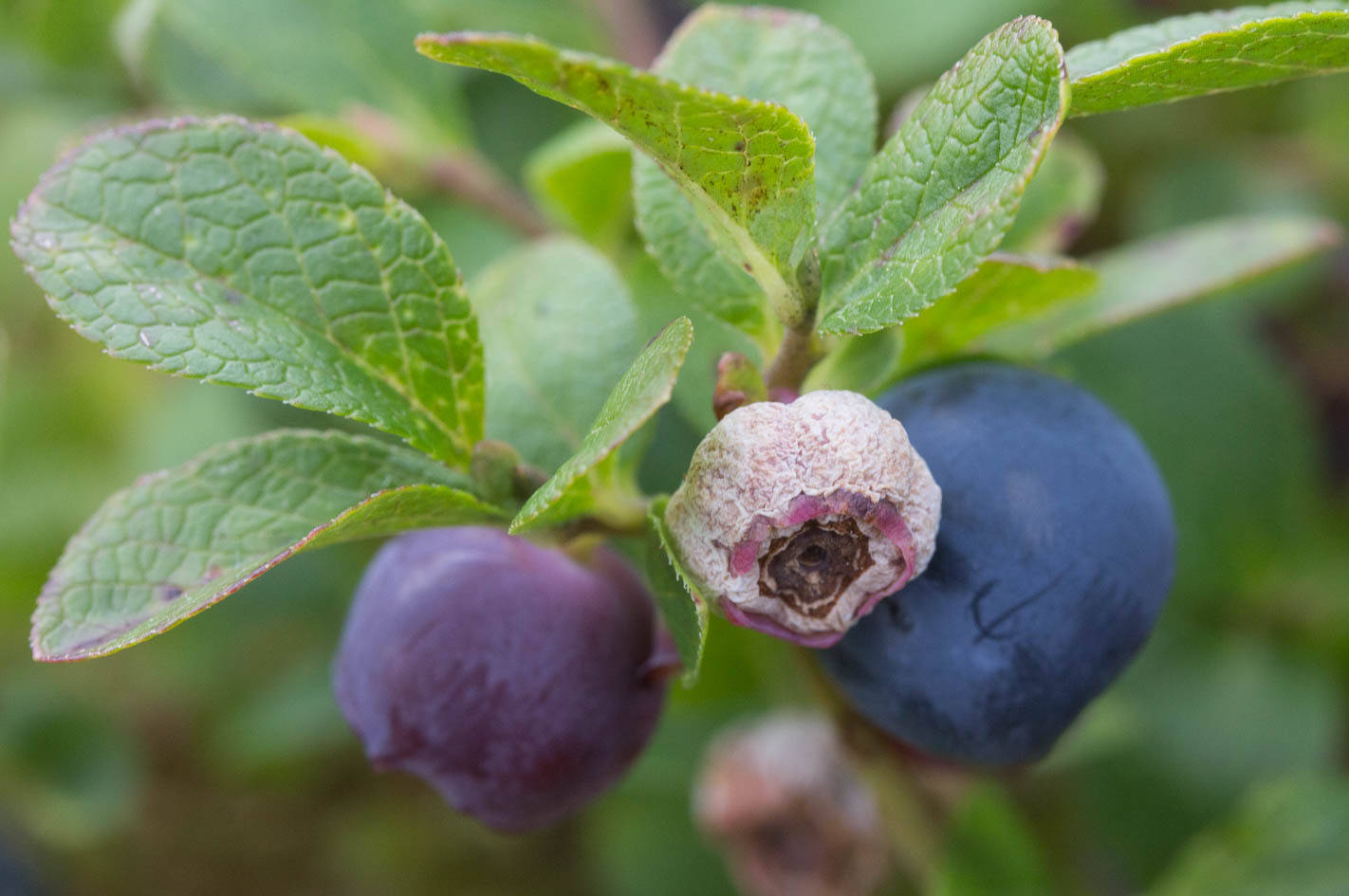The effects of climate change are being felt far and wide. We see headlines about ocean warming related to starvation of marine birds, die-offs of polar bears, invasions of green crabs, and year-round dangers of PSP.
On land, the warming climate brings other biological changes, including the northward spread of ticks, which has been well-documented in Eurasia and North America. Ticks are vectors of several diseases, such as Lyme disease, Rocky Mountain spotted fever, tularemia, encephalitis and many other bad-news ailments. As the ticks spread northward, we can expect the tick-borne diseases to spread too.
One kind of tick is reported to be native to Alaska, occurring chiefly on hares, squirrels, and mice; it can carry tularemia bacteria. But non-native ticks arrive regularly, often on the bodies of dogs or humans or sometimes birds that acquired the tick elsewhere. For example, the American dog tick (genus Dermacentor) is already established in wild mammal populations here; this species (and the brown dog tick) can carry Rocky Mountain spotted fever, which is caused by a Rickettsia bacterium. So far, no humans have contracted this fever in Alaska; the bacterium can make dogs very sick and has been found in several small mammals, where the consequences are unreported.
The so-called rabbit tick (genus Haemohysalis) carries the tularemia bacterium (Francisella). The bacterium can be transmitted by a tick bite and by biting flies or by contact with an infected animal. If aquatic animals (beavers, muskrats) get tularemia, the bacterium can spread in the water from their decomposing carcasses and be transmitted by drinking contaminated water and by contact with lacerated skin of a swimmer. It can be lethal to hares, and it can make dogs, cats, humans, rodents, other mammals, and birds quite sick. Both the tick and the bacterium have been in Alaska for a long time. However, as the climate warms up, the tick and the bacterium will spread more widely.
The larvae of some Ixodes ticks feed on rodents and other small mammals, while the adults parasitize larger beasts, such as deer. These so-called deer ticks (or black-legged ticks, in the West) can carry several diseases; perhaps the best known is Lyme disease, caused by a spirochaete bacterium in the genus Borrelia. Ixodes ticks can also afflict birds, reptiles, and amphibians, which apparently don’t necessarily show clinical symptoms but can be vectors of the ticks to other animals. The life cycle of deer ticks goes through several stages, from larva to nymph to adult, in each case tending to move onto larger host animals; they can pick up the bacterium by biting an infected host. (Some infected mammals are not ‘reservoirs’ of the bacterium and—for some reason—do not transmit the bacterium to a feeding tick.) As each developmental stage grows and becomes ready to molt into the next stage, the young tick moves up onto vegetation and waits for another potential host to brush past. So far, Lyme disease is rare in Alaska, reported chiefly from people who picked it up in more southern areas. But a dog in Kenai apparently got it from a tick bite. Who is next?
The winter tick (Dermacentor albipictus) sucks the blood of its host mammal, maturing from larva to adult. Although deer, caribou, and elk can serve as hosts, they are not greatly affected. Moose, on the other hand, can be badly troubled; a heavily infested moose itches and scratches itself intensely, losing much of its insulating winter fur and becomes anemic from loss of blood. Moose calves are very vulnerable and can die—sometimes over half the calves in a population. In this tick, as many others, the larva climbs up on plants (in autumn) and hopes to hop onto a passing moose or deer. This tick species has not yet (!) been documented in Alaska, but it occurs in the Yukon and the Northwest Territories as far north as the Arctic Circle (and research has shown that it could reproduce in Alaskan conditions). It will surely cross the border into Alaska, perhaps not too long in the future.
Ticks are just one interesting link to the spread of diseases. Another kind of affliction may be waiting in the wings, so to speak. This one is a kind of fungus in the genus Monilinia, which includes many species that are commonly quite host-specific. Some of them cause brown rot of orchard fruits such as plums, cherries, apples, and pears; others attack blueberries and cranberries (and Labrador tea). Both types occur in the Pacific Northwest and British Columbia but apparently are not yet a concern in Alaska.
The best-studied type of Monilinia attacks a blueberry species that is native to eastern North America but is also widely cultivated (e.g., in Pacific Northwest and British Colubmia). When Monilinia vaccinii-corymbosi infests Vaccinium corymbosum, the vegetative parts are blighted and the fruits become hard, wizened ‘mummy berries’. The life cycle of this fungus neatly captures the interest of insects, which transfer spores. An infected leaf attracts insects by mimicking scent and UV patterns of flowers. Spores (asexual, called conidia) produced by this phase mimic pollen grains, so the insects (bees, wasps, flies) gather them; the spores can also just stick to the outside of the insect. Many of these insects are pollinators, so they transfer the spores to the stigma of a flower, where the spores germinate and send hyphal filaments to the ovary (using much the same pathway that a germinating pollen grain would use). Fungal tissue then turns the developing berry into a gray, shriveled, inedible ‘mummy.’ In fall, the ‘mummy’ falls to the ground, overwinters, and produces sexual spores in the spring, which are wafted onto leaves and shoots, to begin the cycle again.
That type of Monilinia could reach Alaska via commercial sets of young cultivated blueberry plants (unless they are treated with fungicide?), potentially spreading to gardens here. Related species of Monilinia could attack wild Alaskan species, including bog or alpine blueberry (V. uliginosum), bog cranberry (V. oxycoccus), lingonberry (V. vitis-idaea), perhaps red huckleberry (V. parvifolium), and the cultivated cranberry (V. macrocarpon)—all of those plants occur in the Pacific Northwest and B.C. and at least some of them are known to be vulnerable to particular species of Monilinia. Naturalists in Sitka have already found Monilinia on some plants; the availability of fruits for many consumers will be reduced when it spreads.
• Mary F. Willson is a retired professor of ecology. “On the Trails” appears every Wednesday in the Juneau Empire.


